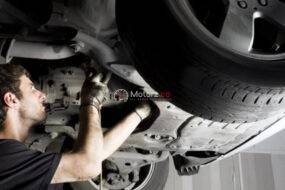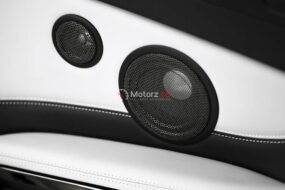Air Filter Replacement Importance and how-to Clean air is a fundamental necessity for a healthy living environment. One crucial element in maintaining indoor air quality is the regular replacement of air filters. In this article, we will delve into the significance of air filter replacement and provide a comprehensive guide on how to do it effectively.
Improved Air Quality:
Air Filter Replacement are the frontline defense against airborne particles such as dust, pollen, mold spores, and pet dander. Over time, these filters accumulate a significant amount of pollutants, reducing their efficiency. Regular replacement ensures that your indoor air remains clean and free from harmful particles. A clogged air filter puts strain on your heating, ventilation, and air conditioning (HVAC) system. By replacing air filters regularly, you maintain optimal airflow, allowing your HVAC system to function efficiently and prolonging its lifespan.
Energy Efficiency:
When air filters are clogged, your HVAC system has to work harder to push air through, resulting in increased energy consumption. By replacing filters, you not only save on energy costs but also contribute to a more sustainable and eco-friendly living environment. When air filters are clogged, your HVAC system has to work harder to push air through, resulting in increased energy consumption. By replacing filters, you not only save on energy costs but also contribute to a more sustainable and eco-friendly living environment.
Health Benefits:
Dirty air filters may allow pollutants to circulate freely, exacerbating allergies and respiratory conditions. Regular replacement of air filters helps create a healthier living space, particularly important for individuals with allergies or asthma. Dirty air filters may allow pollutants to circulate freely, exacerbating allergies and respiratory conditions. Regular replacement of air filters helps create a healthier living space, particularly important for individuals with allergies or asthma.
How Often Should You Replace Air Filters?
The frequency of air filter replacement depends on several factors, including the type of filter, the level of pollutants in your area, and whether you have pets. As a general guideline.
Standard Filters: Replace every 1-3 months.
High-Efficiency Filters: Replace every 6-12 months.
Homes with Pets: Consider replacing filters more frequently, as pet dander can clog filters faster.
How to Replace Air Filters: Step-by-Step Guide
Turn Off the HVAC System:
Before attempting to replace the air filter, turn off your HVAC system to ensure safety and prevent damage to the system. The air filter is typically located in the return air duct or the air handler unit. Refer to your HVAC system’s manual if you’re unsure about its location. Carefully slide out the old filter. Note the size and type of the filter to ensure you purchase the correct replacement.
Clean the Area:
Use a vacuum or a damp cloth to clean any dust or debris around the filter area. This prevents contaminants from entering the system. Slide the new filter into place, ensuring it is positioned correctly with the arrows indicating the direction of airflow. Close the filter compartment securely and make sure there are no gaps around the filter. A proper seal is crucial for efficient filtration. Once the new filter is in place, turn the HVAC system back on and enjoy the improved air quality.
Conclusion:
Air Filter Replacement is a simple yet effective way to ensure clean indoor air, maintain HVAC system efficiency, and promote overall well-being. By following the steps outlined in this guide, you can make air filter replacement a routine part of your home maintenance, contributing to a healthier and more comfortable living space. Breathe easy, knowing you’ve taken a significant step towards a fresher and cleaner home environment.





